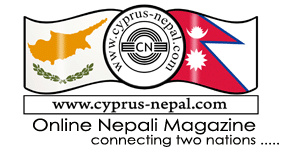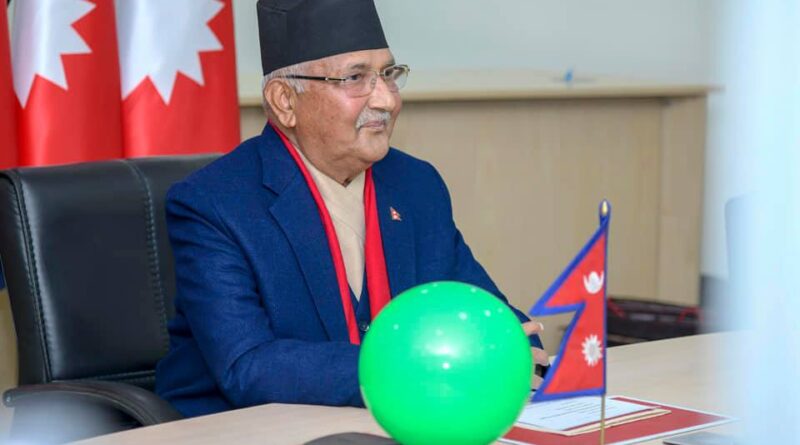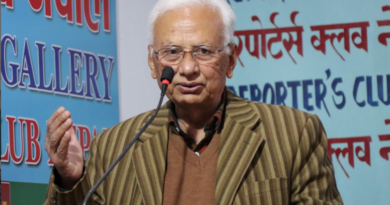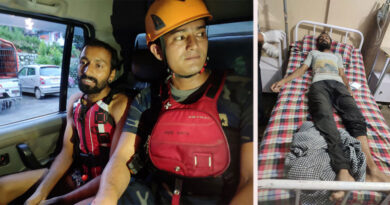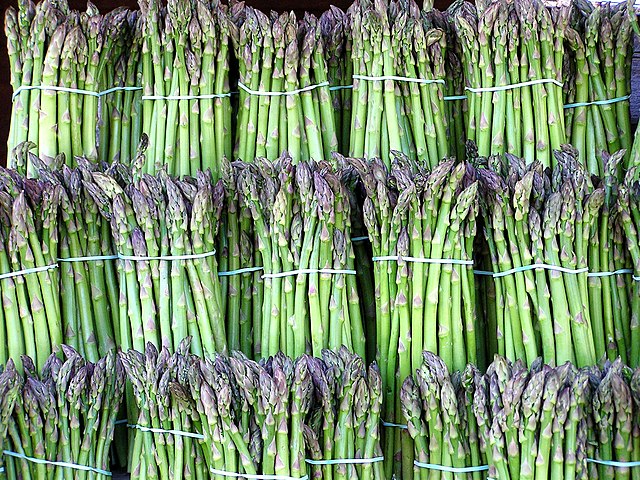Lord Ram was Nepali, India set up a ‘fake Ayodhya’, claims Nepal PM KP Oli
Advocate Rakcha Ram Alleging that India encroached the cultural facts of Nepal, Oli said that India has created a ‘fake Ayodhya’. He also said that Lord Ram was a Nepali and not from India.
Even as ties between India and Nepal continue to be strained, Nepali PM KP Oli has stirred a controversy by claiming that Lord Ram was Nepali.
Although Lord Rama’s kingdom Ayodhya is located west of Birgunj in Nepal, India has created the disputed Ayodhya, he said
Lord Ram’s kingdom Ayodhya is located west of Birgunj in Nepal and India has created a disputed Ayodhya,” said Nepal Prime Minister KP Oli on Monday.Speaking on the occasion of Bhanu Jayanti at the Prime Minister’s residence, he said, “We are under the misconception that Sita married Ram of India. But Ram was not Indian but Nepali”. This year Bhanu Jayanti marks 206th birth anniversary of Nepal’s great poet Bhanubhakta Acharya who translated Valmiki Ramayan in Nepali.
Alleging that India encroached the cultural facts of Nepal, Oli said that India has created a ‘fake Ayodhya’. “Lord Ram’s kingdom was not in Uttar Pradesh but in Nepal, near Balmiki Ashram”, said Oli.
Oli, the PM of the Hindu-majority nation claimed that Ayodhya was located in the west of Janakpur at Balmiki Ashram in a place called Thori near Birgunj in Nepal.He added that the Valmiki Ashram in Thori belonged to Panditji Ridi who performed the Putrishti Yajna for Dashratha, Lord Ram’s father, to bless him with a son. “That place also belongs to Nepal,” he said.He added that a place called Balmiki Nagar is presently in West Champaran district of Bihar, some part of which is also in Nepal.He questioned how Ayodhya came to Janakpur to marry Sita if it was in the place claimed by India.”How did residents of the Ayodhya- which India claims is in Uttar Pradesh- come to Janakpur to marry Sita? At that time there were no phones so how did they communicate? During those times, marriages were arranged in nearby kingdoms only. No one used to travel so far to marry,” said Oli.
He further said, “There is a huge controversy in ‘their’ Ayodhya while our Ayodhya, that lies in the Thori village, has no issues as such”.
The statements could lead to massive fissures in already strained ties between India and Nepal, a comment that has not gone down well in many political and academic circles of Kathmandu.
Co-chairperson of Rastriya Prajatantra Party Kamal Thapa said that it is not suitable for such baseless, unproven statements to come from a Prime Minister. “It looks like the PM wants to further spoil Nepal-India relations rather than working to resolve tensions,” Thapa tweeted.
former vice-chair of National Planning Commission Swarnim Wagle also tweeted about how Indian media is taking the news.
the India-Nepal bilateral ties came under strain after Defence Minister Rajnath Singh inaugurated a 80-km-long strategically crucial road connecting the Lipulekh pass with Dharchula in Uttarakhand on May 8.
NEpal reacted sharply to the inauguration of the road claiming that it passed through Nepalese territory. India rejected the claim asserting that the road lies completely within its territory.
Later, Nepal updated the country’s political map through a Constitutional amendment, incorporating three strategically important Indian areas.
India termed as “untenable” the “artificial enlargement” of the territorial claims by Nepal. India has handed over a diplomatic note to Nepal over the map issue, Nepalese media reports said.
Nepal Prime Minister K P Sharma Oli, under pressure to resign amidst a rift in the ruling Nepal Communist Party over his style of functioning, has alleged that some of the ruling party leaders are aligning with the southern neighbour to remove him from power after his government issued a new political map incorporating three Indian territories.
His allegations have been criticised by senior NCP leaders, including former prime minister ‘Prachanda’, who demanded Prime Minister Oli’s resignation, saying his recent anti-India remarks were “neither politically correct nor diplomatically appropriate.”
